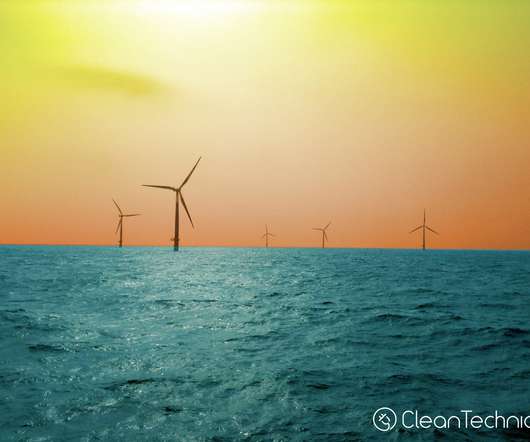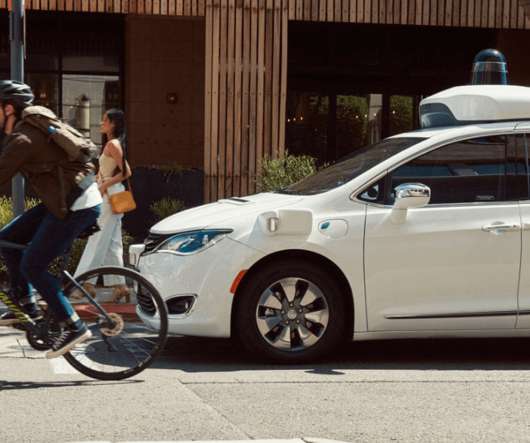Biden Wants 50 By 30. We Can Do It!
CleanTechnica EVs
APRIL 24, 2021
President Biden has stepped up and made a commitment for the US to reduce carbon emissions 50% by 2030 versus 2005 levels. We need to do it and we can do it! But what is the best path? There is strong underlying logic behind this new commitment. The math is simple but […].





























Let's personalize your content